Maybe I’m not the only one who needs this right now?
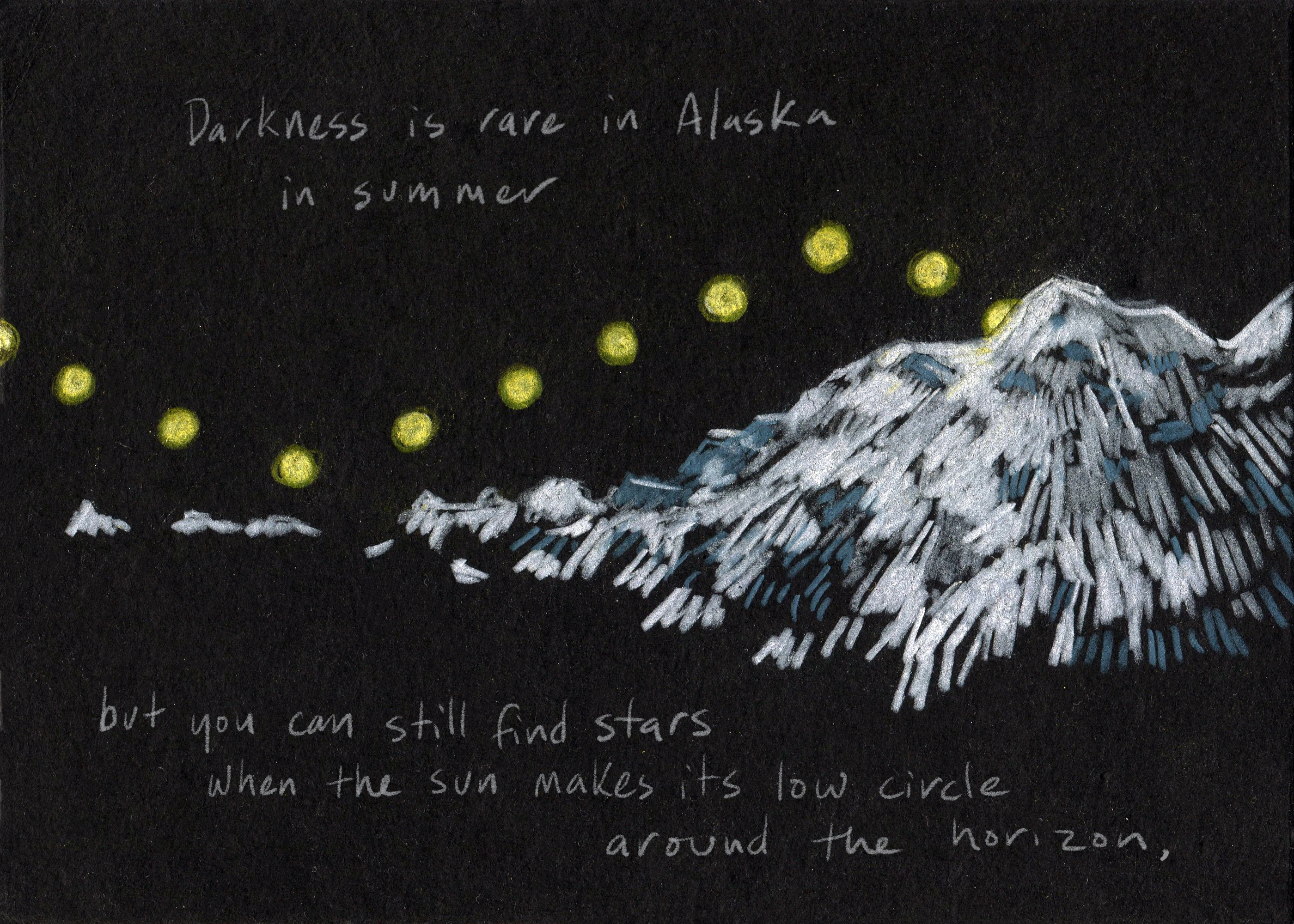
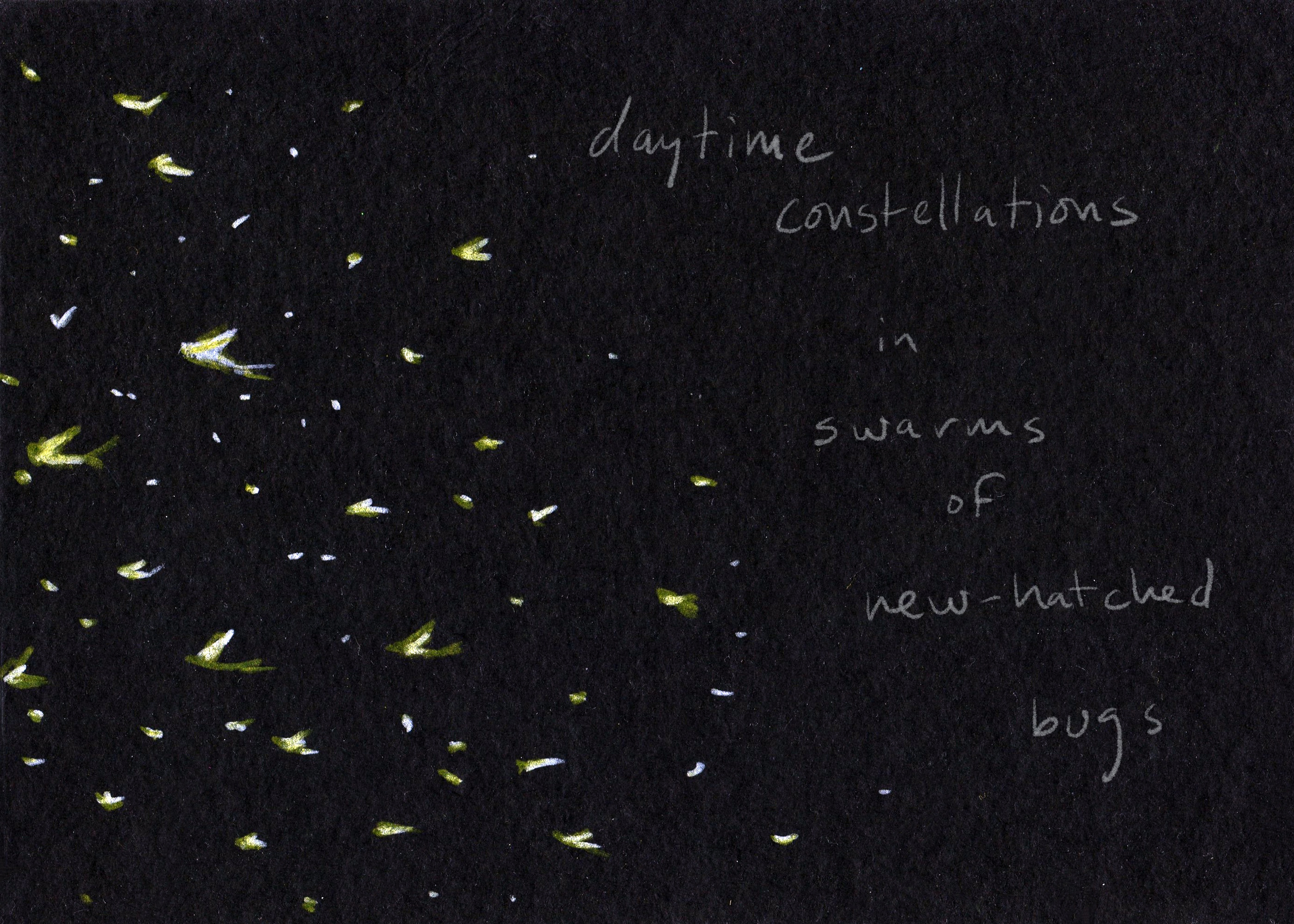
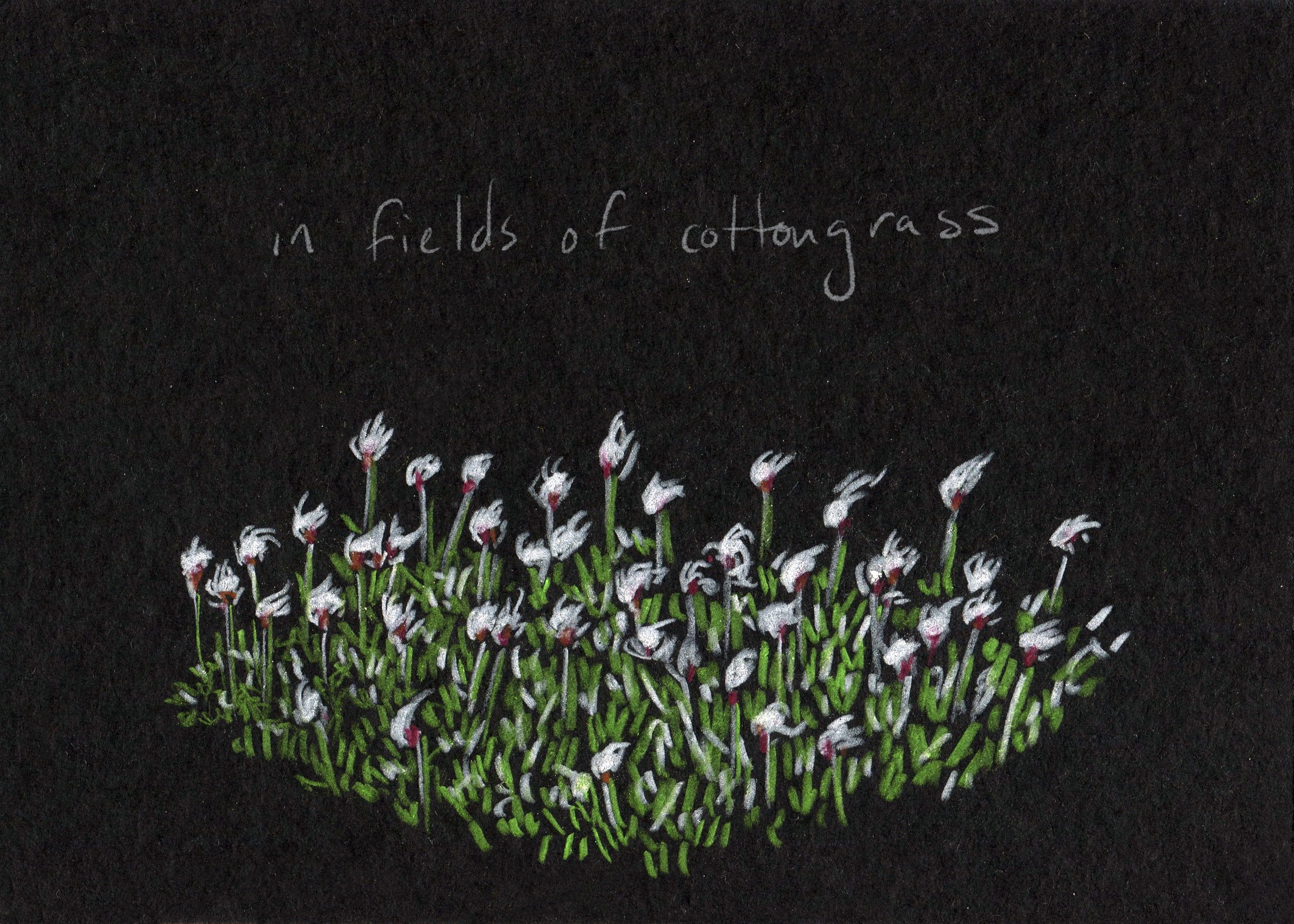
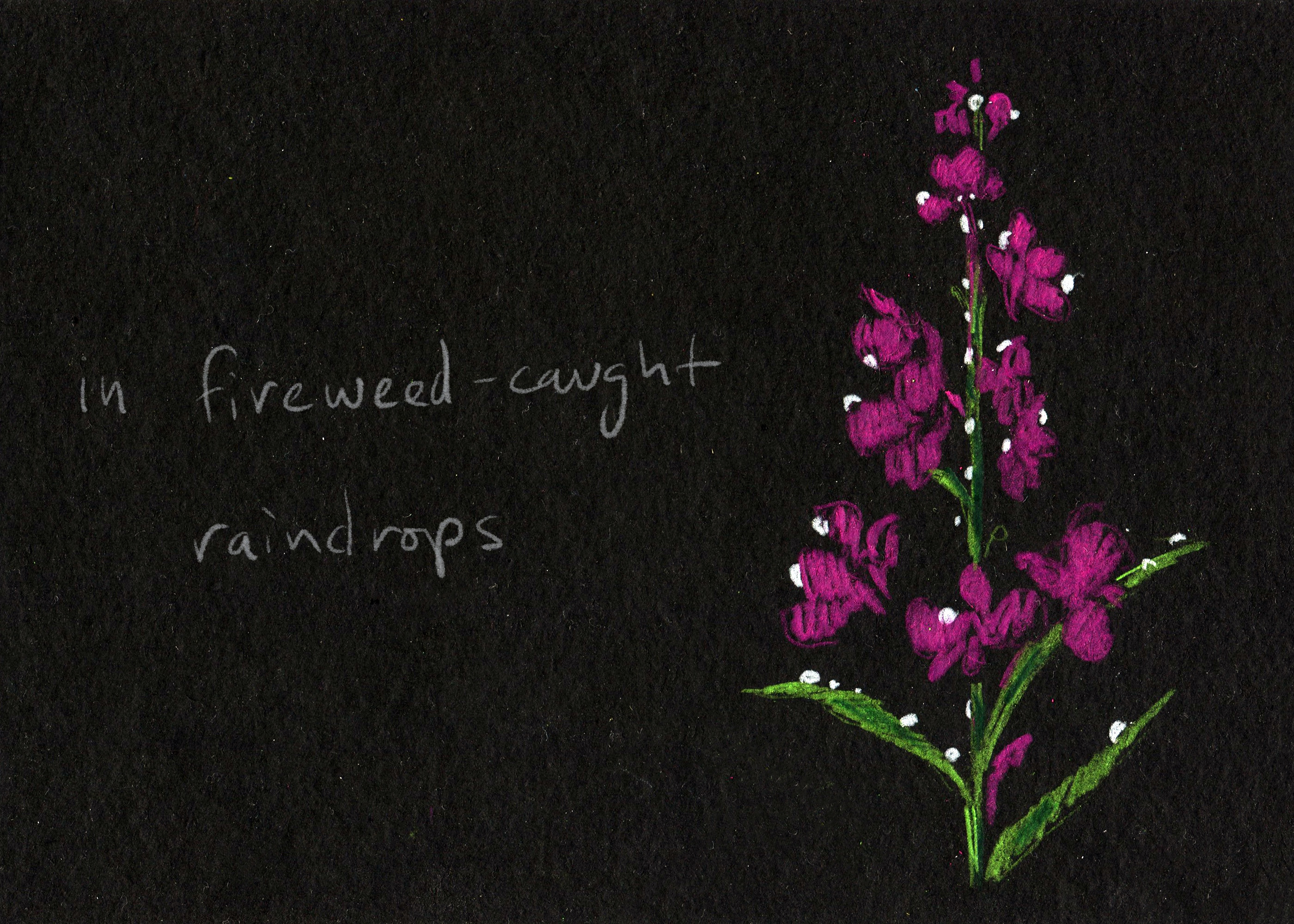
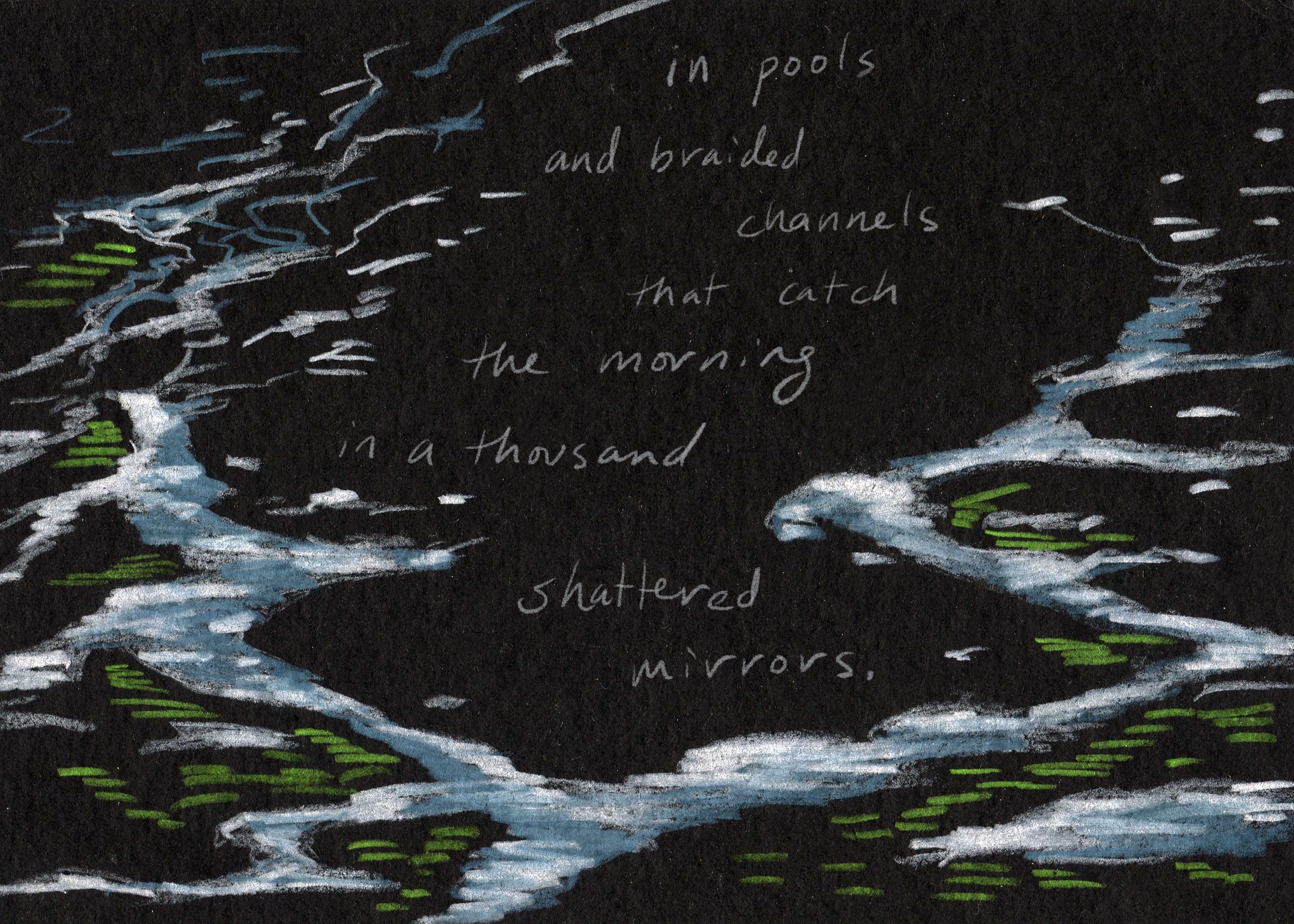
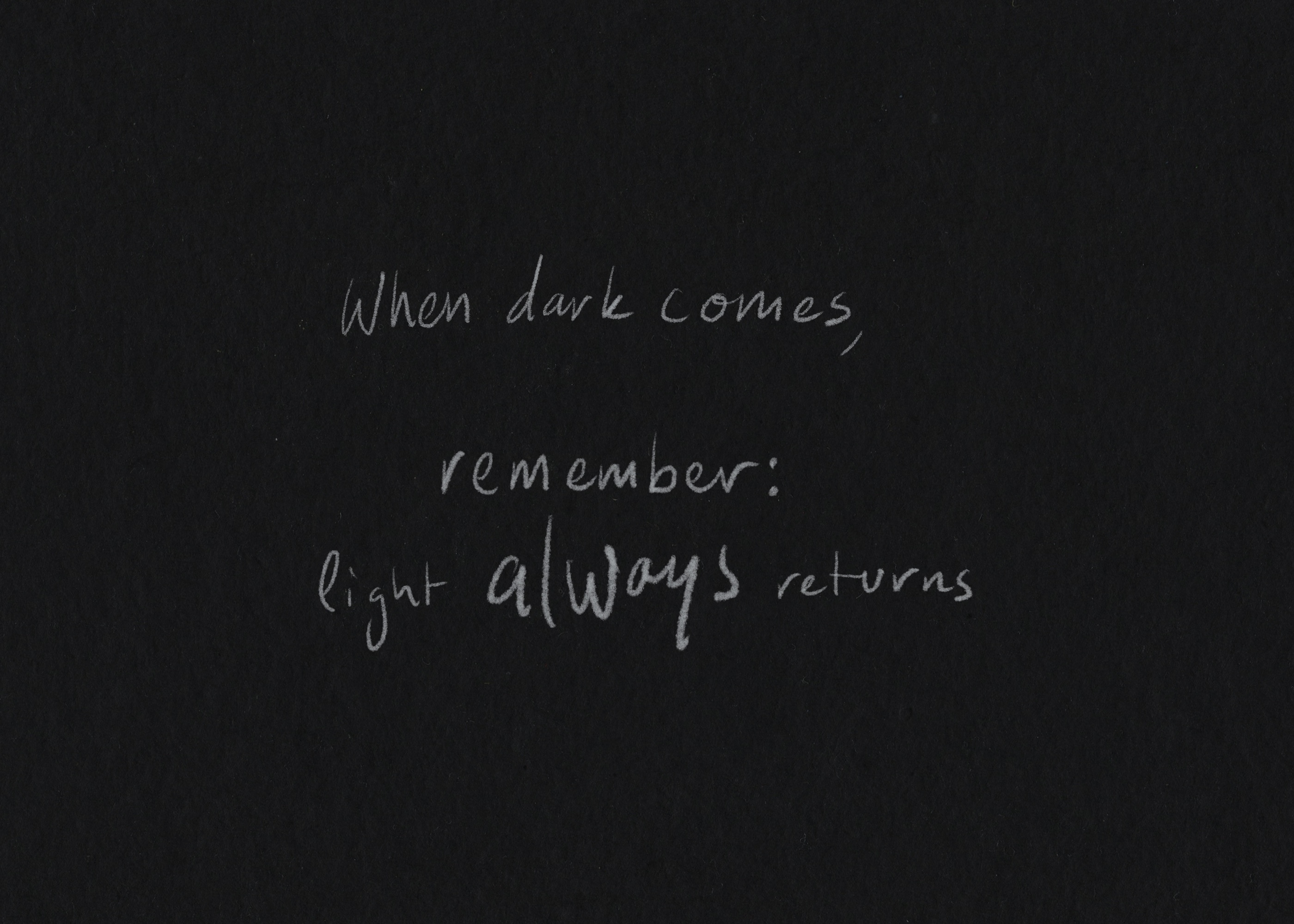
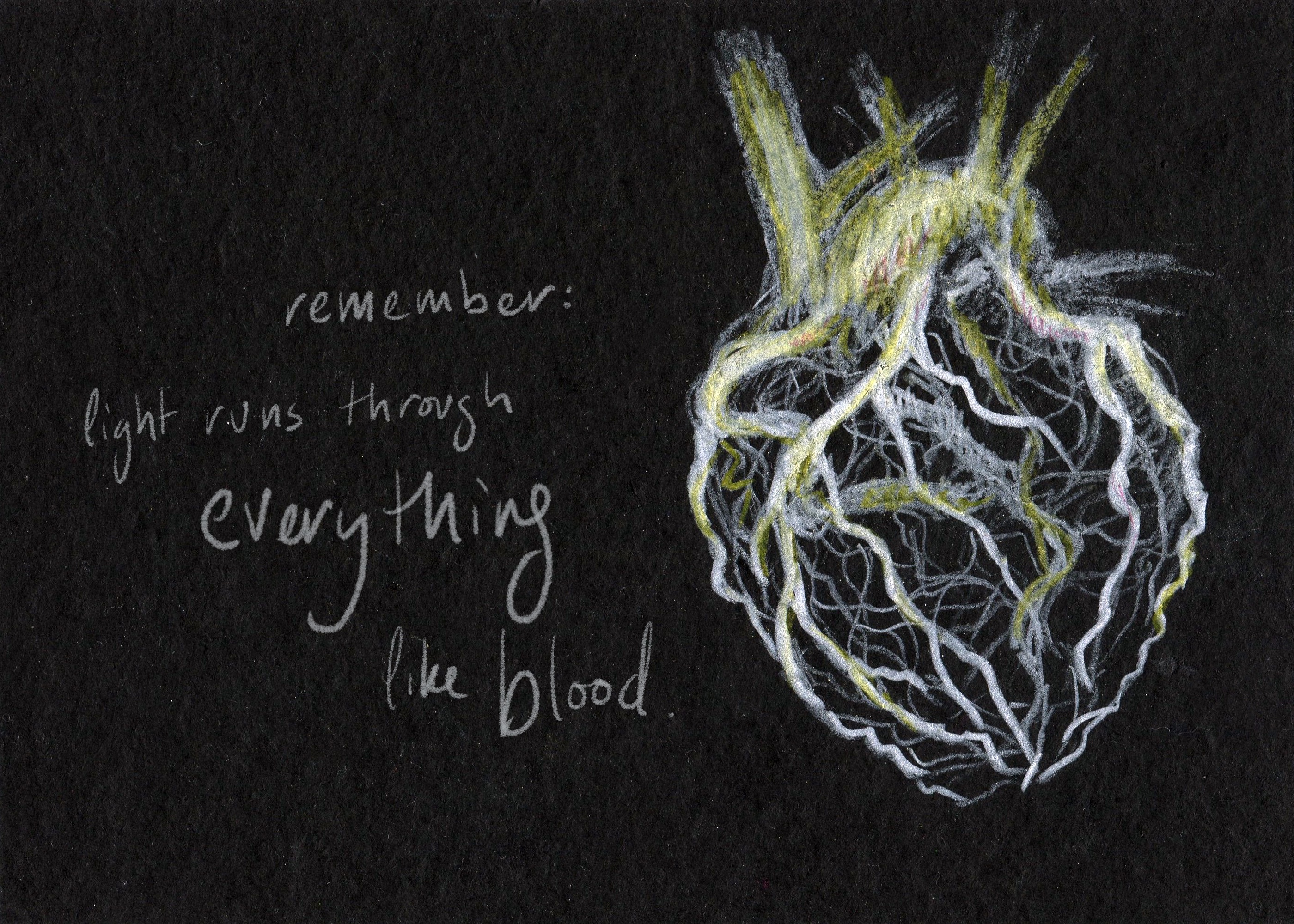
This post originally appeared on November 6, 2024
Maybe I’m not the only one who needs this right now?







This post originally appeared on November 6, 2024
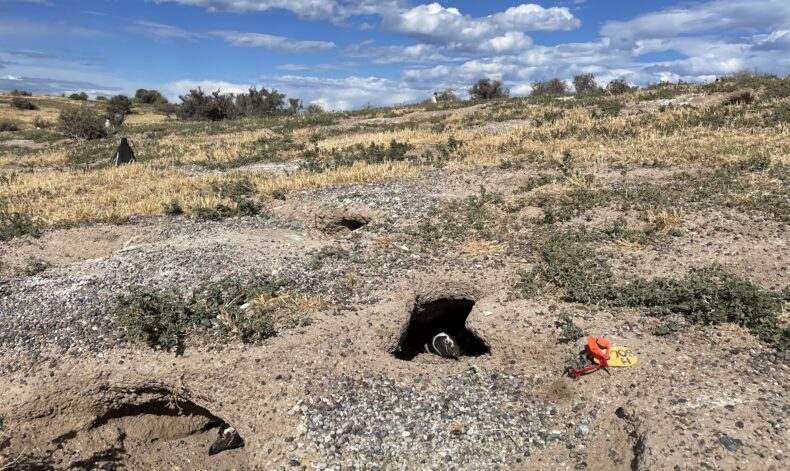
Colony: Punta Tombo, Chubut, Argentina
Date: 9 November
Site: RFID B
Nest: 708H
Nest type: Burrow, northwest-facing, mid-slope, concealed from above
Penguin: Male, toe-tag no. 14113/RFID no. 37189
Device: AX3 accelerometer no. 99290, day three of a five-day deployment
Nest Contents: Two eggs
Notes: Purpose is to ground truth time-stamped accelerometry data from AX3 with observed behaviors in an effort to determine how frequently an incubating penguin goes down to the ocean to get a drink, among other things.
Start time: 1635

My favorite tree in the world grows about a mile along my favorite hiking trail in my neighborhood. I wouldn’t say it is the most beautiful tree; it is a little scraggly, and its trunk is not straight, and its needles seem a little thin. There are prettier trees on this particular trail, even, and certainly lovelier trees in other neighborhoods, and they are all perfect and their presence helps me to survive. But this one is my favorite, which is the right kind of tree, and also the toughest.
My favorite tree of all trees grows right through a granite boulder. It is such a big boulder that it feels like it should be honored with a different title, like it is an extension of Earth, not a loose rock left there by a glacier. The large boulder is the size of an enormous boulder and it is so large it makes me think of Half Dome, or some other pluton.
The tree is growing through a crevice in this boulder, and the tree’s main root, which is serpentine and thirty feet tall and looks like a trunk, is expanding that crevice as it grows. It is forcing the rock apart, and consuming part of the rock and the dirt beneath it.
The tree is the most determined living thing I have ever encountered.

I think about its genesis every time I visit it. I imagine two scenarios.
Maybe, a seed fell onto a divot in the boulder, which was filled with dirt and pollen and other litter. Then the seed froze in snow, which ponderosa seedlings require for germination, and in the spring the seed sprouted. The small bit of litter provided nutrients. Its tiny roots took hold in the divot, and eventually pushed down, and its roots and the ice cycle split open the boulder.
Or maybe, the huge crevice was there all along, and the seed fell from a bird’s mouth and slipped inside, tumbling all the way down. It froze, thawed, and took root. The tree then grew up through the crevice, feeling minimal sun, but finding shelter from the cold within the darkness of the boulder.
I am not a tree scientist, but I think either scenario is equally plausible. So either way, this tree as an infant saw some real difficulty, and persevered. Either it split a granite boulder and reached down, or it was consigned to live within the split and still made its way up toward the light.
What I mean is that it is possible to find the light and to split open the darkness. It is not easy. Darkness will always return, on cycles that can last a day or a month or four years or a generation. But life will flourish, even when light is not pooling down easily and constantly, even when what little light there is must be actively sought.
What I mean is that a ponderosa seedling can do it, and maybe so can I, and probably so can you. Trust my friend, the bravest tree.

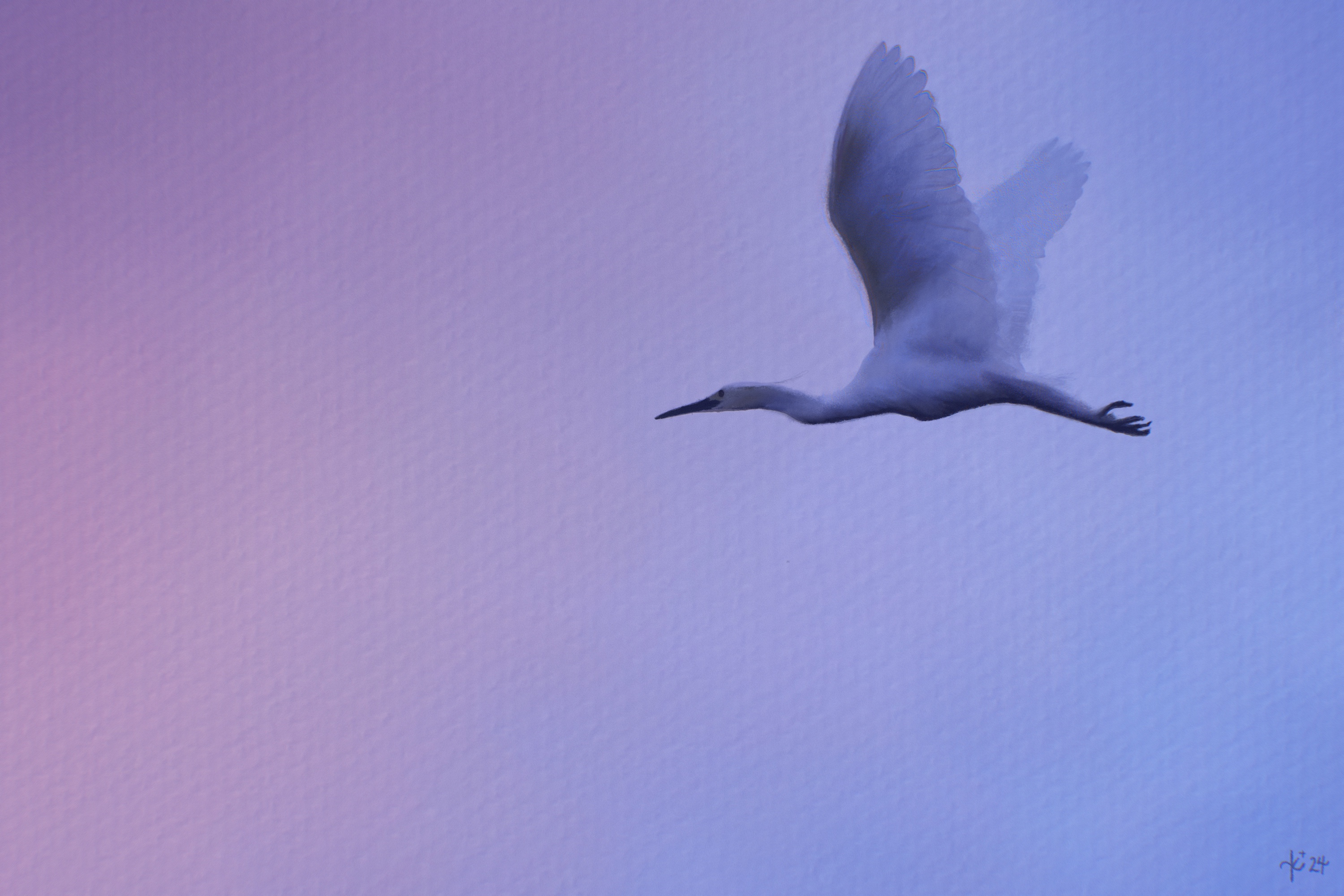
Note: This post is best read on a computer screen, but a phone’ll still work.
One day last year, my friend Tonya messaged our group chat with a lovely update: a heron had landed in front of their house to eat a fish. The rest of us were enchanted by the thought of it, but none more so than Tye, who’d misread the message and thought the heron had laughed, not landed, in Tonya’s yard.
An even better image, we agreed. “A heron laughed in my yard,” Tonya said. “Now everyone complete that poem.”
I did.
Continue reading
This post first ran last January, but it’s just as relevant now.
Years ago, Carol Evans, then a Bureau of Land Management biologist in northeastern Nevada, told me she wanted to write a book called Stream Stories — a series of vignettes about the many creeks that webbed her region and defined her career. I have no idea if she’s working on this today (Carol, if you’re reading this, I hope you are!), but it always struck me as a brilliant premise. Streams and narratives have much in common: they flow between points yet never truly end, they are subject to the forces of history yet shape it themselves. And they both have protagonists — in the streams’ case, the living beings who dwell within them and, in some cases, sculpt their physical form.
Here, then, is my stab at a brief stream story, featuring a waterway called Sevenmile Creek. And, like so many good stream stories, it co-stars beavers.
Sevenmile Creek runs down a shoulder of scraggly pinyon-juniper forest that looms above Buena Vista, Colorado, a town on the banks of the Arkansas River. For the last several years, Sevenmile’s flow has been diminishing, for reasons that aren’t entirely clear — drought, perhaps, or some subtle change in hydrology or land use. Regardless, the dwindling water has spelled trouble for its resident beavers, which, though capable of transforming even the thinnest streams into robust ponds, can’t conjure water from thin air.
One January morning, I paid Sevenmile’s beavers a visit with Mark Beardsley, Cat Beardsley, and Jessica Doran, three beaver aficionados who restore Colorado streams under the banner of a company called EcoMetrics. We walked a couple of miles down one of the gazillion rutted dirt roads that cuts across public land in this corner of Colorado, our dogs weaving around our ankles. Distant coyotes yipped and wailed.
When the road reached Sevenmile Creek, we found it had gone virtually dry. A stranded beaver lodge, its normally submerged entrances yawning like cave mouths, stood in a damp meadow, the crumbling ruins of an ancient kingdom. I felt a twinge of foreboding.
A little higher up, a colony of beavers was still hanging on, but barely. Behind the long berm of their dam, a frozen pond, no larger than a pickleball court, was tucked against a sheer rock face. Stains high on the granite wall revealed where the fast-disappearing water had stood months earlier. The shrinking, iced-over pond was nearly solid, locking into place the beavers’ food cache, the bundle of willow stems they’d spent the autumn assembling into place. Only one narrow aperture of open water, roughly the diameter of a five-gallon bucket, lapped against the rock: the colony’s single point of egress from its now-frozen stronghold.
Beavers, of course, are well-adapted to winter; ordinarily they spend the chilly months feeding and frolicking beneath an ice roof as happily as Arctic seals. But this situation seemed abnormal, and perilous. Their stream had all but dried up, their food stores had frozen solid, and their pond was vanishing almost in real time. The beavers always had the option of leaving, that was true. But, since the stream only held sporadic pockets of water, that would mean waddling long stretches overland — not a semiaquatic mammal’s preferred mode of travel. And there were those howling coyotes to worry about.
“I thought they’d high-tail it out of here when it got really bad,” Mark said as we surveyed the scene from atop a bluff. “But once they settle in, they’re like, no, this is home, man.”
“It’s so grim. Do you guys wake up in the middle of the night worried about ‘em?” Jess said.
“A little bit,” Mark acknowledged.
A week earlier, Mark and Cat had visited the colony and delivered a bundle of carrots, a food that captive beavers generally adore. But the veggies still sat untouched on the ice. (Maybe an encouraging sign that the critters weren’t actively starving?) They’d also spotted an adult beaver popping from the airhole to feed on what little willow wasn’t sealed into the ice. “He would stick his head out, grab one of those branches, and tug it under,” Cat said.
Today the beaver was nowhere to be seen, though we heard the occasional hollow clunk of a portly rodent body moving around beneath the ice, and saw disturbed water rippling in the breathing hole. When we held our breath and the wind quieted, we could also hear the distant squealing and moaning of the kits, the babies, rising from some hidden burrow. It was hard not to interpret their calls as cries for help.

***
What, if any, is the moral of this particular stream story? It’s hard not to see it as an Anthropocene parable: the climate is changing, once-reliable resources are becoming ephemeral, our wild brethren are suffering, etc. And writ large, all of that is certainly true.
But I’m also not certain that this evergreen lesson applies to Sevenmile Creek. Beaver literature is rife with analogous stories, in which smart observers become convinced that winter will spell doom for a favorite colony. The Colorado naturalist Enos Mills, in his 1913 masterpiece In Beaver World, described monitoring a beaver lodge whose sole occupant had been sealed in by ice during a cold snap. When Mills and a friend broke through the lodge’s walls and crawled inside, they found the beaver was successfully weathering the harsh conditions. “(H)e had subsisted on the wood and the bark of some green sticks which had been built into an addition of the house during the autumn,” Mills reported. Nevertheless, Mills, convinced the beaver looked “emaciated,” brought him regular deliveries of aspen for the next six weeks; eventually the pond thawed, and “again the old fellow emerged into the water.”
Mills seemed to believe he’d saved the beaver’s life, and maybe he had; surely the critter appreciated the gifts. To me, though, it sounds like the beaver had fared just fine through his own innate intelligence and resourcefulness.
Or consider the author Hope Ryden, whose 1989 book Lily Pond did so much to endear beavers to the public. One fall, Ryden began to fret that her local colony, in which she’d invested so much time and love, hadn’t adequately prepared for the winter. “I had to conclude that their winter food larder left much to be desired,” she wrote, surveying their pitiful bushel of blueberry and mountain laurel. “Would they survive on such stuff? Why hadn’t they moved?” Like Mills before her, she delivered them aspen branches, doubtful they’d survive without help. “We’ve brought you Christmas dinner,” she told them upon dropping off one load.
Come spring, though, Ryden realized she needn’t have bothered:
“(I) made a surprising discovery. The shoreline was littered with hundreds of blackened lily rhizomes, refuse that had washed up after ice-out. And each one of these had been partially eaten. So that was how the beavers had made it through winter! I examined dozens of the long fibrous roots, broke them apart and looked at their insides. They had the consistency of raw potatoes. Clearly, the beavers had dug these swamp roots from the bottom muck and been sustained by them throughout their long imprisonment. So our donation of aspen branches had not been necessary after all!”
The urge to worry about beavers, and even to intervene on their behalf, is obviously a common one, and perfectly understandable — we feed birds in winter, why not beavers? And many surely do die every winter, of starvation or predation or exposure; it’s obviously a perilous season for any creature. Yet Castor canadensis is also a flexible, clever species; beavers possess survival strategies and techniques, honed over millions of years of evolution, that we may fail to comprehend or credit. As the beaver-watcher Bob Arnebeck put it in one blog post about Lily Pond: “I always assume that beavers know their business better than I.”
So where does that leave the Sevenmile Creek stream story? Like sagas and streams, it rolls on. The Sevenmile beavers may well be in dire trouble, as they appear to be; when we visit them later this winter, we might find them gone, or dead. Bringing them carrots and cottonwood branches is, in my view, entirely justifiable and compassionate, given all the ways in which we’ve made their lives harder over the last several centuries; as Jess put it to me later, “Why not help a neighbor out?” But it’s also conceivable that they’ll find a way even without us, as they’re wont to do, drawing upon secret reserves of guile and creativity and preparedness. This particular stream story may yet have a happy ending.
They have, after all, endured this long. “I figured they’d either move out or croak,” Mark said as we meandered back down the road and left the beavers to their own devices. “Well, they’re still kicking.”
Photos: the Sevenmile beaver pond and one of its occupants, courtesy of Mark Beardsley.
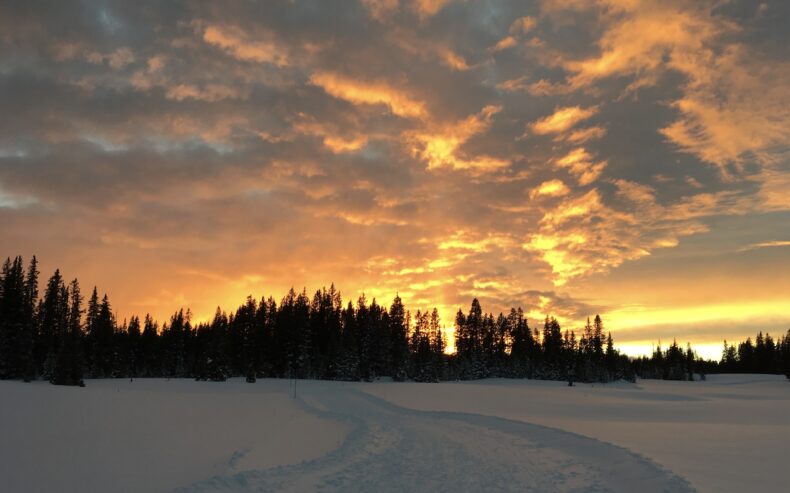
This post began with a question from my dear friend, the novelist and documentary filmmaker George Lerner.
Looking over two years of footage from South Texas, I noticed something striking: I have lots and lots of glorious images filmed around sunset, but scant few decent shots at sunrise. Why is this, I wondered — is there a difference from an optical or geophysical perspective between sunset and sunrise?
George copied me on this question he sent to my dad, who has taught atmospheric physics. (How the three of us became close like family is a story for another day.)
I had a knee-jerk answer to George’s question: the reason that sunsets are more amazing than sunrises is that you just see a hell of a lot more of them. So I chuckled to myself when I saw that Dad’s reply to George began, “I try to avoid the early morning hours so I do not see many sunrises.” (Neither of us are morning people.)
But it turns out that there’s more to it than just selection bias. There are scientific reasons that sunsets might be more scenic than sunrises.
Dad writes:
Generally speaking, the air in the morning is more stable and less polluted with particles that scatter light. Also the atmosphere heats up during the day and there is vertical movement of air which contributes to the formation of cumulus clouds that make for a better visual view of the setting Sun.
There’s some truth to that old saying, “Red sky at night, sailor’s delight; red sky in morning, sailors take warning.” “Those spectrally pure colors are telling you there’s a sizable swath of clear air off to your west that’s likely to be over you the next day,” National Oceanic and Atmospheric Administration (NOAA) meteorologist Stephen Corfidi told National Geographic.
It’s now possible to look up your sunrise and sunset forecast. SunsetWx provides predictions for sunrises and sunsets. Here’s how they describe their methodology:
We quickly realized that some things were more important than others, and decided on a weighting scheme. After many trial runs and verifications, we weighted moisture the most…Pressure, as well as the change in pressure over time was the next highest weighted factor as it helps recognize areas where cloud cover may dominate as well as FROPA’s. Finally, we included general cloud cover, to better account for regions where it is overcast, and help the model display it that way.
SunsetWx gives the highest weight to high clouds, and consider them necessary for a “vivid” sunset. Any place that has close to 100 percent cloud cover or is predicted to have precipitation during sunset (or sunrise) gets a “poor” rating.
One thing I’ve noticed over the years is that winter sunsets are especially amazing. I wondered if I thought that partly because I live in a place that’s surrounded by mountains, and the alpenglow on snowy peaks is hard to beat. But I’m not imagining it, according to Stephen F. Corfidi at NOAA’s Storm Prediction Center, fall and winter really do produce the most spectacular sunsets. His explainer is worth reading in full.
The takeaway is that if you’re seeking a spectacular display of light, sunsets are a better bet than sunrises and fall and winter are the best seasons. So if you’re living in the northern hemisphere, go out and enjoy peak sunset season!
*This piece first ran on February 26, 2021
Image: sunset over the ski trails at County Line on Grand Mesa by Christie Aschwanden

I do government-adjacent work, so Friday afternoon I went out the front door to walk off my feelings and decided to turn right.
As I neared the U.S. Capitol building, I started seeing people with going-home-from-a-protest energy (small groups, cheerful, heading away from major government buildings) and gangs of Architect of the Capitol staff cleaning up trash from the wide sidewalks.
As I walked down one of those sidewalks, another woman, also alone, coming the other way, started to trend toward me in a way that people do when they’re not going to follow social conventions about strangers. She looked cold and tired. I put my head down and studiously ignored. “Are you pro-life?” she called. As I passed: “Oh, you don’t like women having control over their own bodies? How pathetic!”
Ah, right. It was that day in January, every year, when a bunch of people show up to be mad about Roe v. Wade. They won, but I guess they’re still showing up. And I guess that lady is still showing up to yell at them about it.
I do like having control over my own body, while it lasts, and I walked that body on toward the sunset and then back on home.
Photo: Helen Fields, obviously
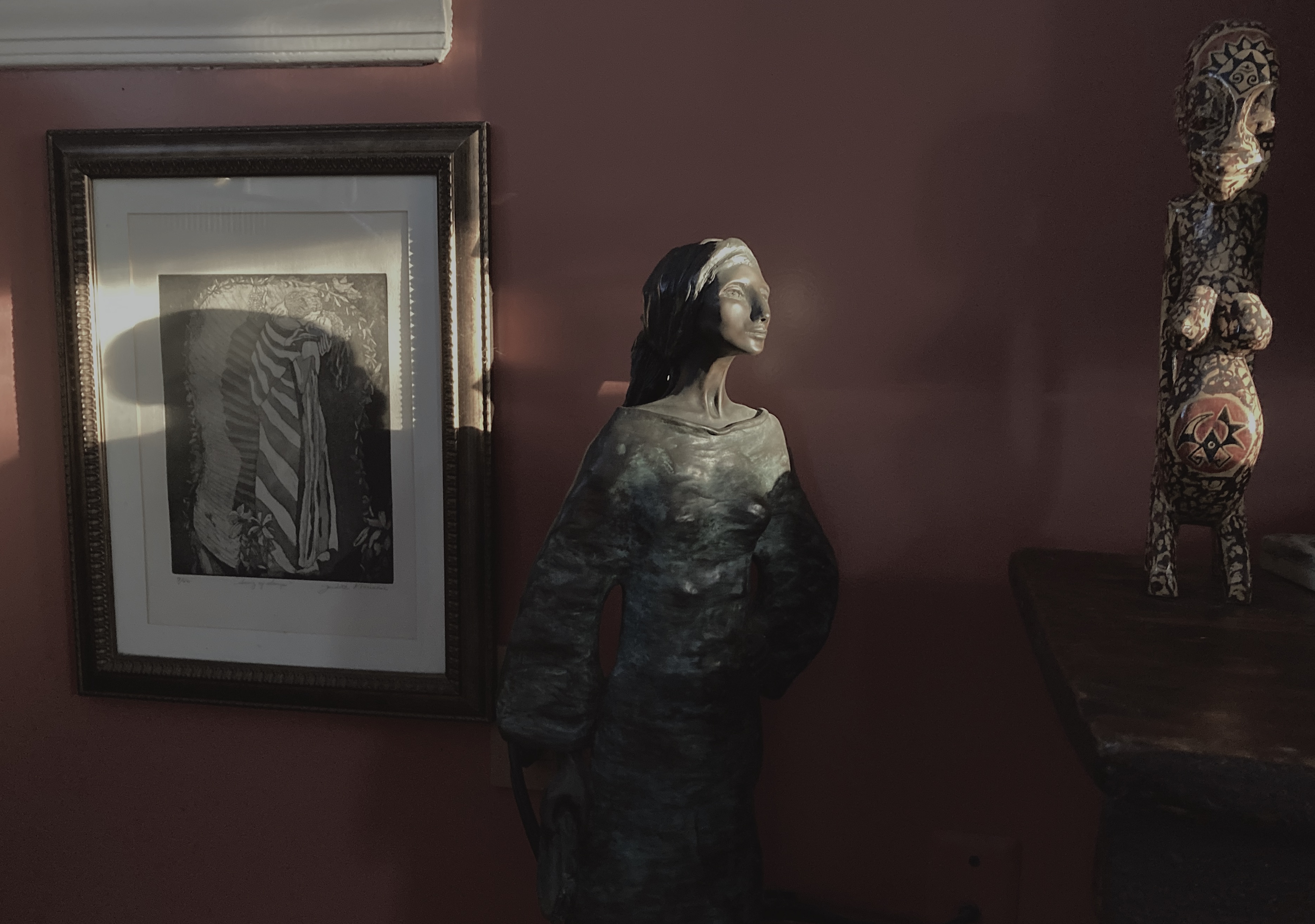
With California once again burning, I keep wondering, if those fires were coming our way, what would I save?
I remember my cousin who, years ago, lost her house during a summer of flames; she’d been away from home when it burned, so there was no frantic effort to stuff the car with keepsakes. After everything had cooled she was allowed to return to the property; in a Hazmat suit she sat in the ashes, sifting through in search of jewelry and anything else that might have survived (an image that has stayed with me ever since). Nothing had, except the beautiful view of the mountains that she had once enjoyed every day. The vast art collection, many of them family pieces, was gone. Jewels, both real and fake, gone. The music, so much music, was gone. (She was a radio personality and had a studio at home with a roomful of curated CDs, many of them given to her and signed by the artists.) There was no sign of our grandmother’s blue Wedgewood china, nor a no-doubt impressive collection of family photos, many of them captured and developed the old-fashioned way and, therefore, gone for good. Her chickens squawking in their coop…I can’t let myself think about them. They, and those other things, I’m sure, are some of the things she would have pulled out if she could have.
At the time I sent her a care package of random stuff—some clothes of my mom’s that might fit her height, a teapot, a few odds and ends, something to help her get through. It felt like nothing, but she had nothing. I’ve thought about that a lot, both the nothing and the something.
We’re fortunate not to have a fire problem here, at least not yet. But I look around and wonder, what’s worth the effort? What could I let burn?
Not to be flip about the horrendous experience a house fire must be, but it’s an exercise worth doing. We are a culture of stuff, and I’ve heard people say after losing everything they realized how little of it was meaningful. But the things that are? Those mean a lot.
So, I started working on a list, just in case. Never mind that transporting large paintings out of harm’s way would be a logistical nightmare. As I work on the list I wonder if it might help me pare down, help me make choices now. Clutter is exhausting with real effects on our mental health: it can make it hard to think clearly, it can steal our attention away from other things. It can cause strife and self-loathing. More on the physiological side, there’s a phenomenon called “visual crowding” that happens when clutter muddles how we take in and process information at the edges of our vision.
Continue reading